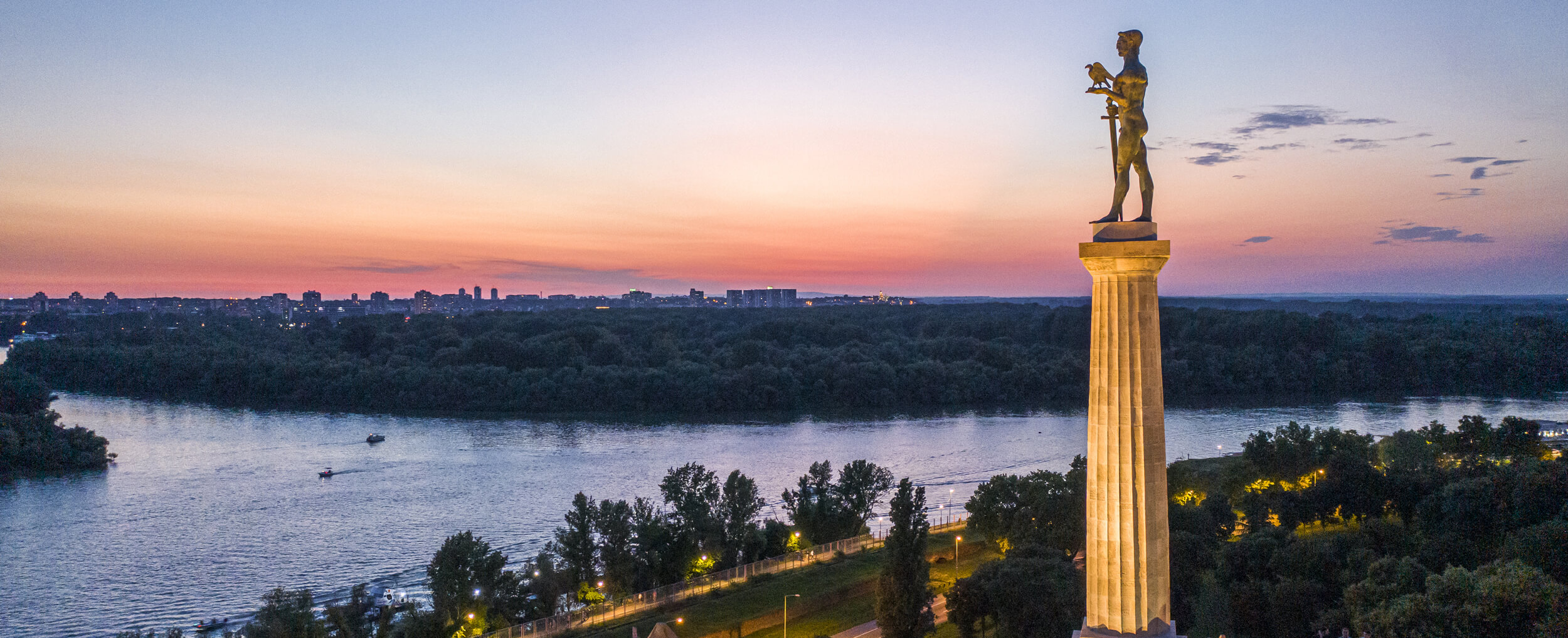This Building was built at the end of the nineteenth century for the needs of Serbian army. During the First World War it suffered substantial damages. Thus, from 1923 to 1927 it was reconstructed and added onto in a baroque style. From 1934, a part of exibition of the Military Museum dedicated to the assassination …
Upper Town’s Small Gate is located between “Victor” monument and the building which houses the Institute for the Protection of Cultural Monuments, Belgrade, surrounded by a former medieval rampart. Constantine Philosopher refers to it as “the Small Gate in the west”. It served as a communication between despot Stefan Lazarevic’s castle and Savska slope. The …
The Roman Well in the Upper Town is not a structure from ancient times, but is much younger, dating from the first half of the 18th century. The name was given to it by the people of Belgrade in the 19th century, emphasising its age and mysticism with the adjective Roman. At the time it …
Today’s gate in the southwestern rampart of the Upper Town dates from the end of the 17th century, from the time when the first artillery fortifications designed by Andrea Cornaro were built. The gate was built in the rampart that was originally erected in the 15th century, however it does not date from that period, …
The ravelin, which is located in front of the gate on the Austrian plans, is called the “Lorraine Bastian” after the Lorraine regiment that was housed in the fortress during the Austrian occupation of 1688-1690. The ravelin was built at the end of the 17th century in the years of changing domination between the Austrians …
The scale model of the castle of Despot Stefan Lazarevic, the work of the sculptor Kolja Milunovic, is placed approximately in the centre of the medieval castle. This part of the fortress underwent the greatest changes and the greatest destruction over time, especially at the end of the 17th century. During the Turkish siege, a …
Continue reading “Scale Model of Despot Stefan Lazarevic Castle”
The ‘Victor’ monument is certainly the most recognisable symbol of Belgrade. It was created in the years before the First World War, but its formation took an unusually long time. The monument honouring the victory of the Serbian army in the Balkan wars was originally conceived as a fountain, which was to be placed in …
Close to the former entrance to the castle of Despot Stefan Lazarevic, near the remains of the drawbridge, a memorial was erected remembering the biggest and most glorious battle in the history of Belgrade, when the city acquired the famous epithet Bulwark of Christendom. It was at this place, on the bridge, during the night …
Continue reading “Memorial Plaque Dedicated to the Defence against Turkey in 1456”
The fountain of Sokollu Mehmed Pasha is the only endowment of this famous Turkish vizier in Belgrade. At the time when it was built, between 1576 and 1577, this part of the fortress looked completely different and so the fountain was located in a moat, under the bridge that led to the main gate of …
The Defterdar Gate is located opposite the Sahat Gate, almost in the middle of the northwestern rampart of the Upper Town. The gate gained its name in the 18th century — defterdar is a Turkish word meaning finance officer or treasurer, especially a provincial accountant general. At the site of the Defterdar Gate in the …

